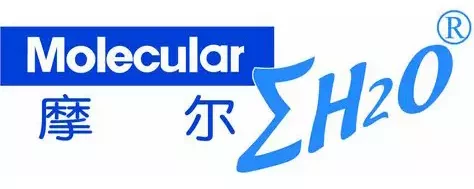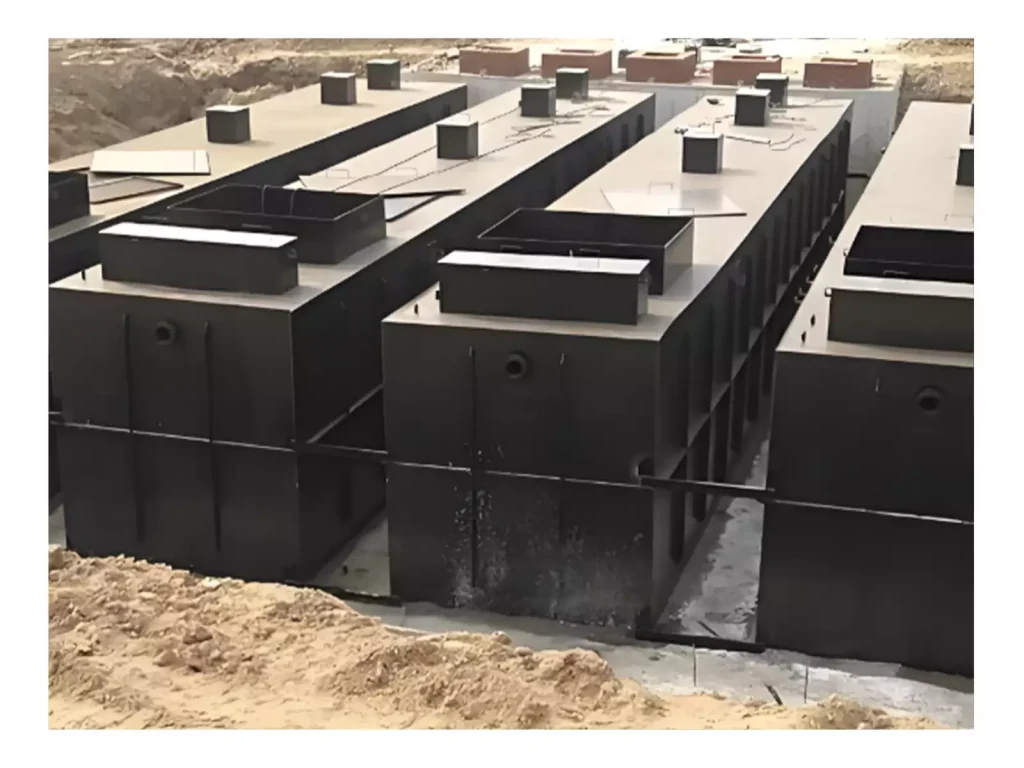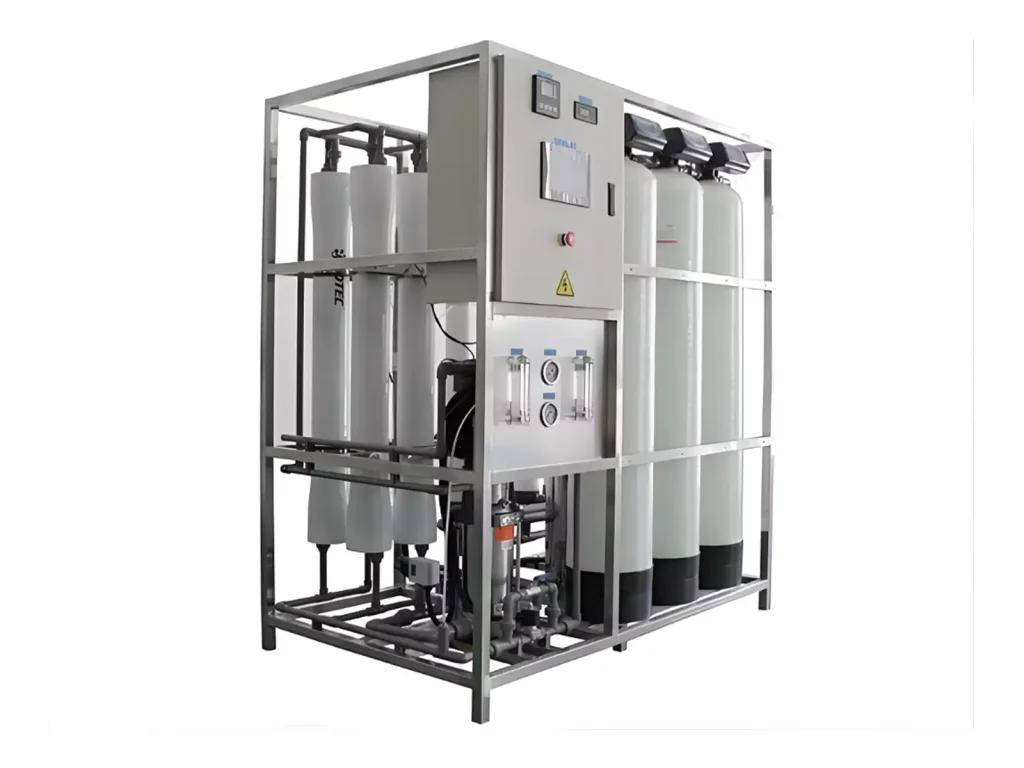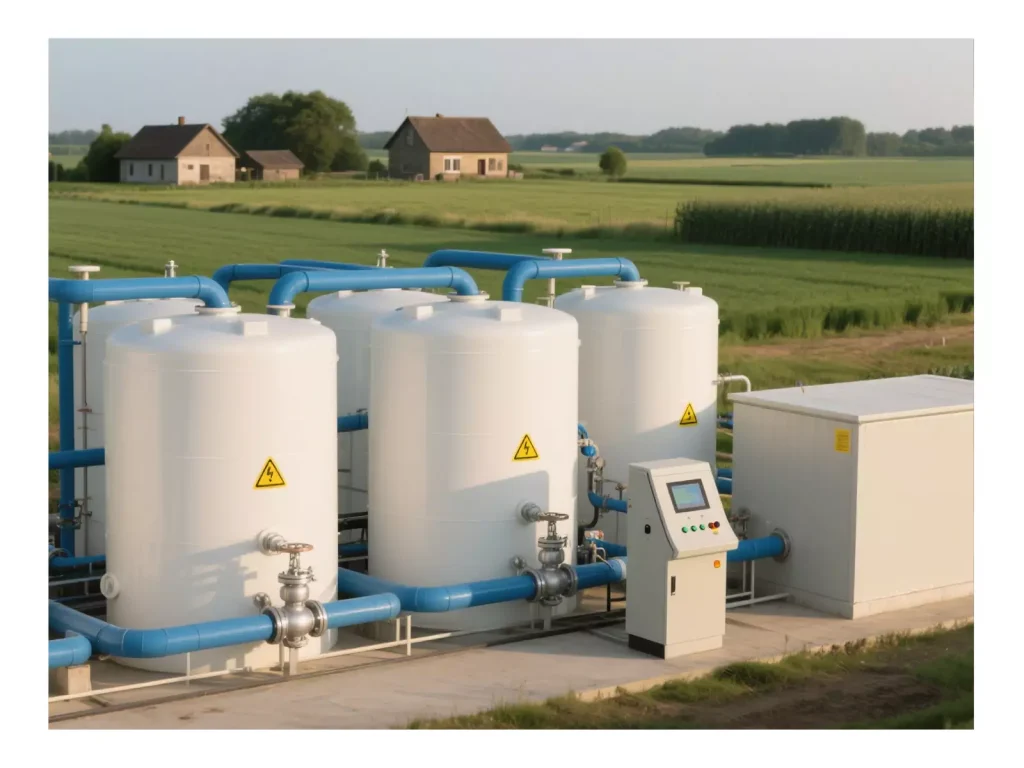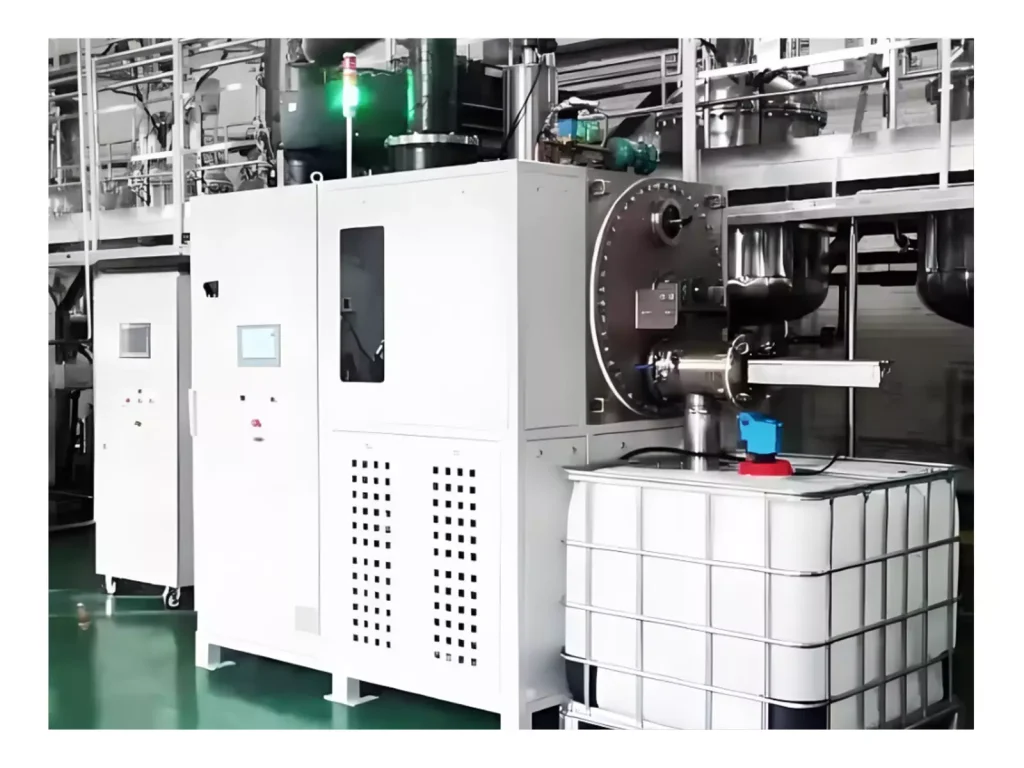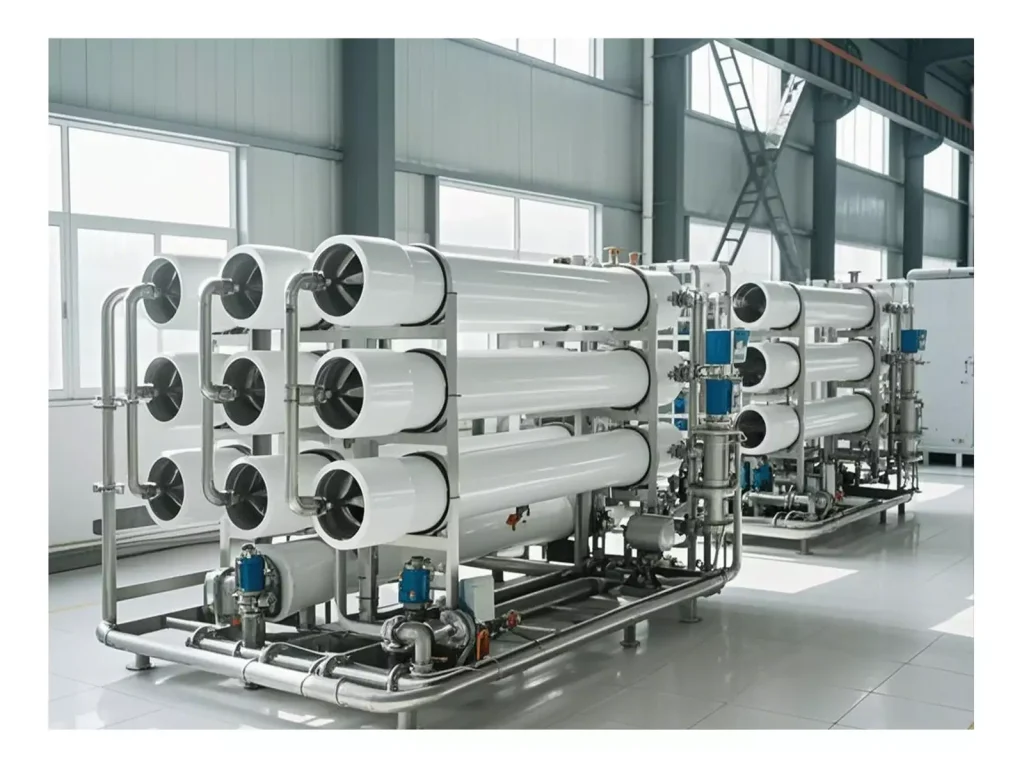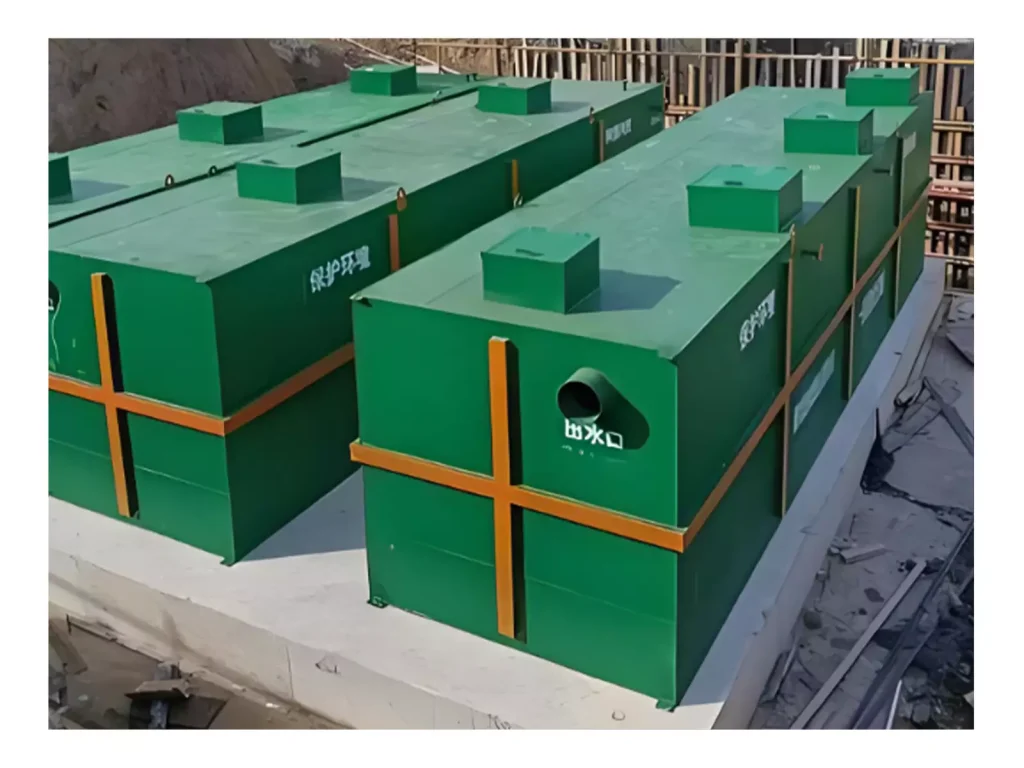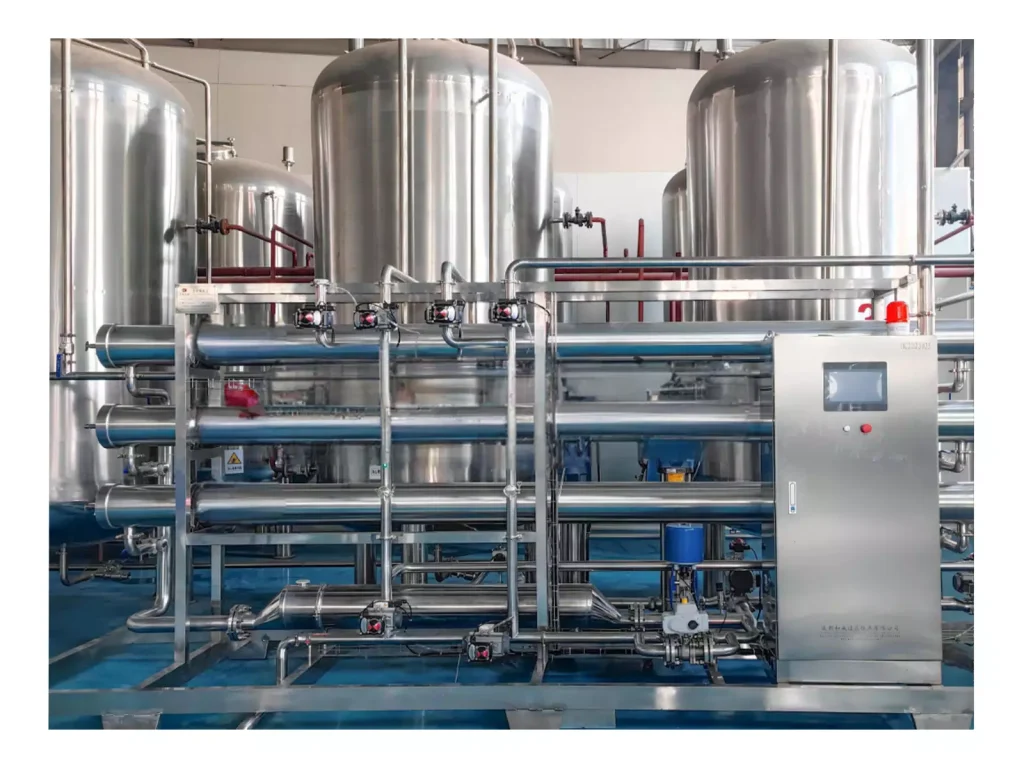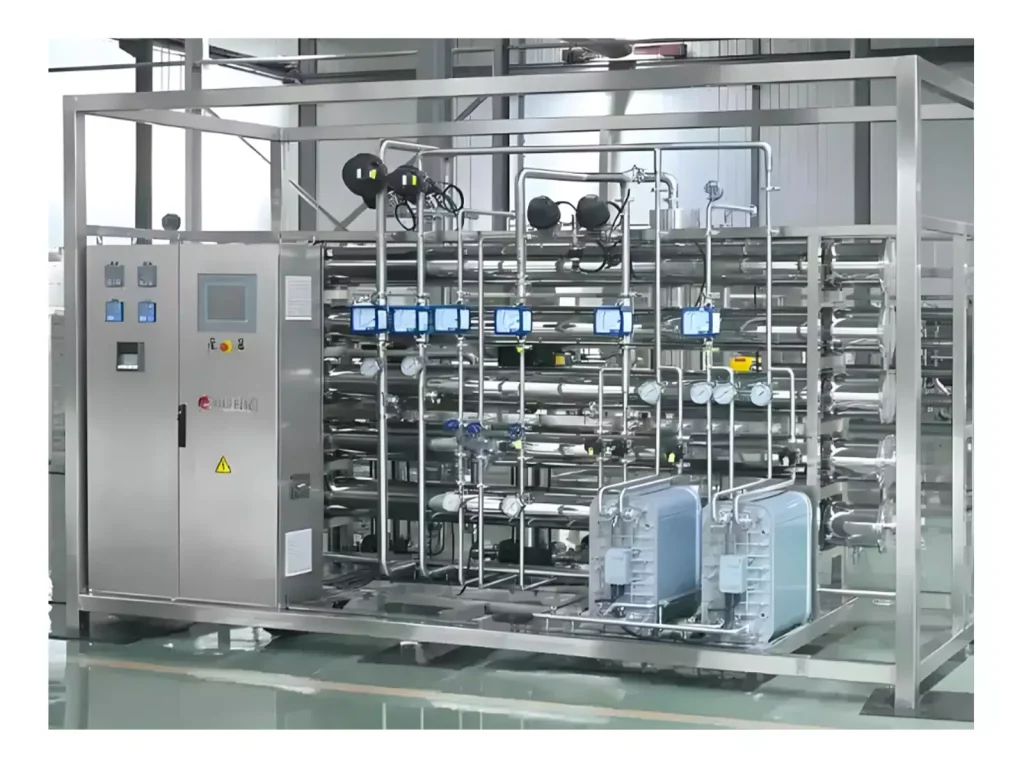In the field of wastewater treatment, aerobic digestion and anaerobic digestion are two widely applied biological treatment technologies. They can be used alone or in combination. Whether it is a municipal sewage treatment plant, a medical wastewater treatment facility, or the food processing industry, they all face a common problem – which one to choose? What are the differences between them?
If an aerobic system with extremely high energy consumption is selected in the treatment of high-concentration organic wastewater, the electricity bill may become a long-term heavy burden. Conversely, if an unoptimized anaerobic system is adopted in the treatment of medical wastewater that requires stable and high-quality discharge, problems such as difficulty in meeting standards and high risks may arise.
To find the most suitable solution, we need to first understand their working principles, then figure out their differences and application scenarios, and finally make a right choice based on the actual conditions.
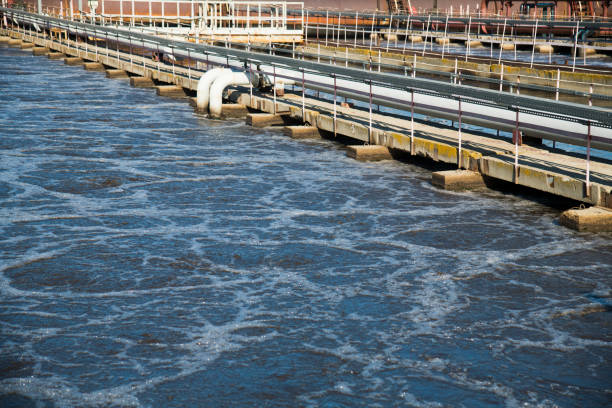
What is Aerobic Digestion Wastewater Treatment?
The core of aerobic digestion is the supply of oxygen. Under continuous aeration conditions, microorganisms can rapidly decompose organic matter in wastewater, and the final products are carbon dioxide, water and stabilized sludge.
The main processes generally include:
- Pre-treatment – Remove sand grains and large debris.
- Aeration tank – Continuous oxygen supply keeps microorganisms highly active.
- Secondary sedimentation tank – separates sludge from purified water.
- Sludge treatment – dewatering, composting or incineration.
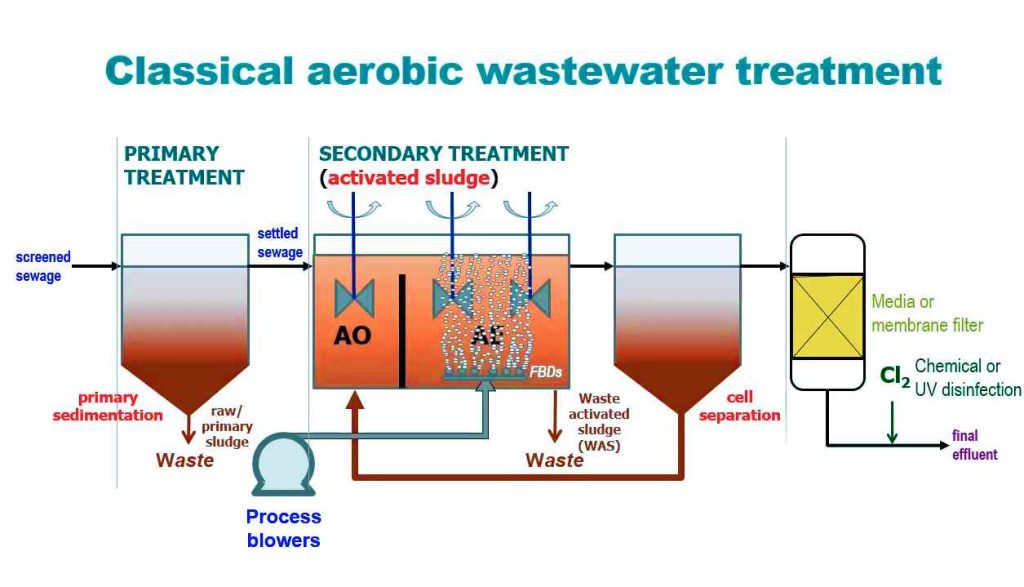
Common aerobic processes:
- Activated Sludge process (CAS) – traditional and mature, with a wide range of applications.
- Sequencing Batch Reactor (SBR) – Flexible control of reaction cycle.
- Membrane bioreactor (MBR) – The effluent can be directly reused.
The prominent feature of the aerobic process is its quick start-up and excellent effluent quality, making it particularly suitable for applications that require high-standard discharge.
What is Anaerobic Digestion Wastewater Treatment?
Unlike aerobic systems that rely on oxygen, anaerobic digestion operates in an oxygen-free environment. Microorganisms break down organic matter into methane and carbon dioxide. The process is slow but the energy recovery value is high.
To ensure the efficient progress of this process, the system typically consists of several steps:
- Pretreatment – Remove suspended particles and impurities to prevent reactor clogging.
- Anaerobic reaction tank – Decomposition reactions take place in a sealed environment.
- Biogas collection and utilization – The recovered methane can be used for power generation or heating, reducing energy consumption.
- Subsequent aerobic refining treatment – to ensure that the final effluent meets the standards.
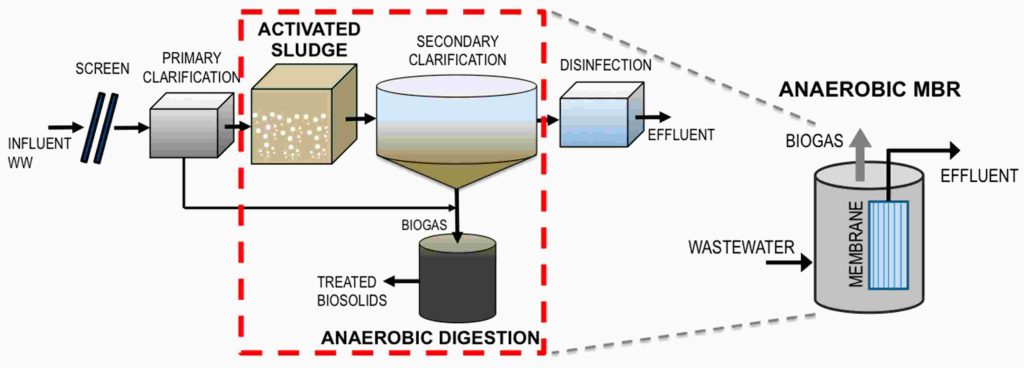
In practical engineering, common anaerobic technologies include:
- UASB (Upflow Anaerobic Sludge Blanket) – Compact structure, resistant to high-concentration wastewater shock.
- CSTR (Continuous Stirred Reactor) – Suitable for wastewater with high solid content.
- AnMBR (Anaerobic Membrane Bioreactor) – Combined with membrane filtration technology, the effluent quality is better.
The greatest advantage of anaerobic digestion is that it not only treats wastewater but also recovers energy, making it highly competitive in the treatment of high-COD wastewater.
The Core Difference Between Aerobic And Anaerobic In Wastewater Treatment
After understanding the definitions of the two processes, let’s make an intuitive comparison:
| Aerobic Process | Anaerobic Process | |
| Working Principle | Uses oxygen to break down organic matter through aerobic microorganisms | Decomposes organic matter in the absence of oxygen using anaerobic microorganisms |
| Main Products | Carbon dioxide (CO₂), water, and biomass | Methane (CH₄), carbon dioxide (CO₂), and digestate |
| Decomposition Speed | Generally faster | Slower compared to aerobic |
| Energy Requirement | Requires continuous aeration, higher energy consumption | No aeration needed, lower energy consumption |
| Odor Control | Less odor if managed properly | Higher odor potential, requires gas collection and treatment |
| By-product Utilization | Biomass can be used as fertilizer after treatment | Methane can be used as biogas energy, digestate as fertilizer |
| Suitable Waste Types | Organic waste with low moisture content, easily degradable materials | Organic waste with high moisture content, high-fat or high-protein content |
| Treatment Scale | Suitable for small to medium-scale facilities | Often used for large-scale centralized treatment |
| Environmental Impact | Lower greenhouse gas emissions if well-managed | Can significantly reduce fossil fuel use through biogas recovery |
It can be seen from the table that aerobic digestion has an advantage in effluent quality, while anaerobic digestion stands out in energy conservation and sludge reduction.
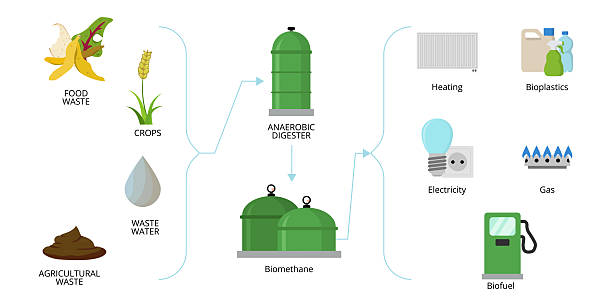
Application In Different Industries
In different fields, the application logic of these two processes also varies:
Medical Wastewater Treatment System
Aerobic processes are safer and more reliable because they need to thoroughly remove organic pollution and pathogens.
Municipal Sewage Treatment
Small and medium-sized municipal plants usually adopt aerobic treatment. Large plants will add anaerobic digestion in the sludge treatment process to achieve reduction and energy recovery.
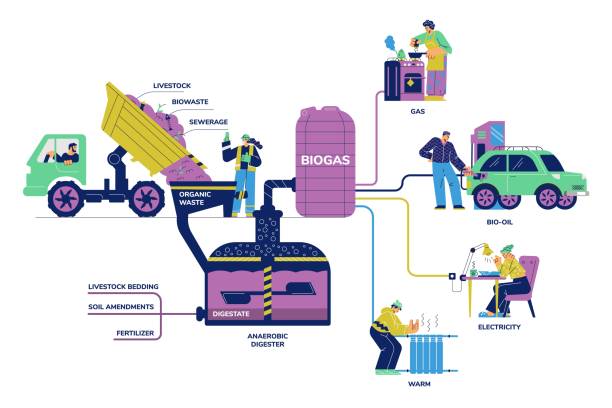
Food & Beverage Industry
High organic load, first anaerobic degradation to produce biogas, and then aerobic fine treatment is a common combination mode.
Chemical & Pharmaceutical
Based on the degradability of the wastewater, some will adopt anaerobic pretreatment to reduce the pollution load.
Aerobic Vs Anaerobic: How To Choose?
When making a choice, you can judge according to the following train of thought:
Types and concentrations of wastewater
- High COD and high BOD → Anaerobic treatment is more cost-effective
- Low-concentration wastewater → aerobic treatment is more direct and efficient
Effluent standard
- It is necessary to directly meet the standards → aerobic or anaerobic + aerobic combination
- Energy consumption and energy recovery or hope to reduce electricity bills or generate electricity → Anaerobic is better
Budget and venue conditions
- Limited investment, ample space → Aerobic and suitable
- Long-term operating costs are sensitive → Anaerobic conditions have more advantages
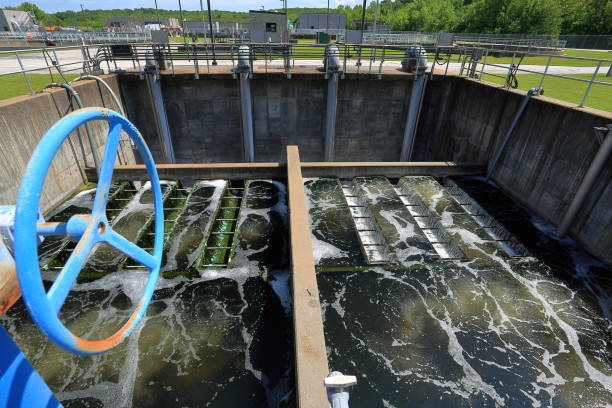
Final Thoughts
There is no absolute superiority or inferiority between aerobic digestion and anaerobic digestion. They are different solutions for different wastewater conditions. In many projects, the combination of anaerobic and aerobic conditions can simultaneously balance energy utilization and water quality compliance, making it a choice that takes into account both long-term and short-term benefits.
Before making the final decision, it is recommended to conduct a comprehensive assessment by combining water quality testing data, energy consumption analysis and long-term operating costs to ensure the feasibility and economy of the technical route.
